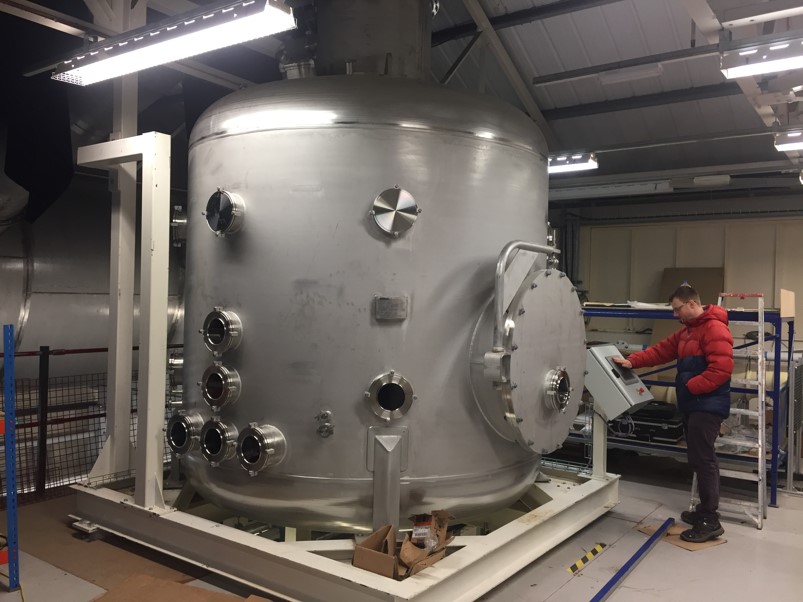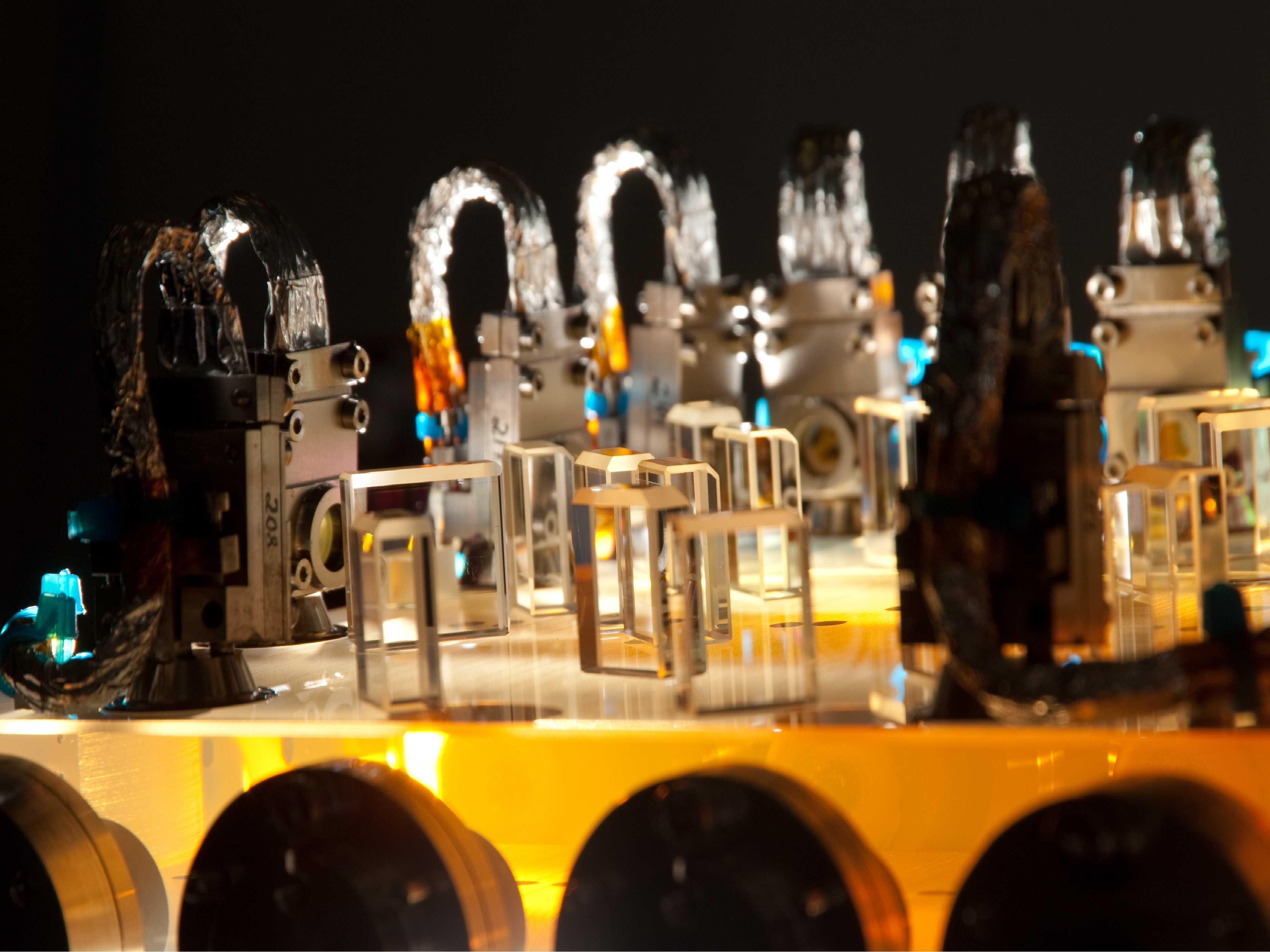
Integrated Space and Exploration Technologies Laboratory
The integrated laboratory will focus on two areas of work, exploration technology and spaceflight hardware, while providing opportunities for students to learn and industry to engage.
The exploration area will develop tools for planetary surfaces, including challenging areas of the Earth’s surface such as the Antarctic regions. Fundamental research on granular materials, penetrators, and auger mechanics will be combined with technology development to produce robotic devices to support the exploration of new environments.
The spaceflight theme will seek to create payloads, and ultimately entire spacecraft, for Earth orbit and beyond. With a vacuum chamber, vibration table, clean room, and Helmholtz chamber, we are well equipped to recreate many aspects of the space environment for our researchers and students.
Contact:

ESA-ESTEC National Testing Facility
The plume-regolith facility conducts research on high-speed and multi-phase flows, gas dynamic phenomena and interactions, most importantly examining how rocket plumes interact with planetary surfaces.
This work is important because landing on another planet will kick up debris, which could in turn damage the spacecraft. Our chamber will allow us to direct simulated rocket exhausts against granular materials, to learn more about this hazard. However, it can also be used to simulate planetary atmospheres, so that we could – for example – work on Mars aircraft, or Titan drones.
The lab has also transonic, supersonic and hypersonic facilities, and shock tubes.
Contact:

Space Optics and Interferometry Cleanroom
The space optics and interferometry cleanroom (ISO class 7, with class 3 laminar flow cabinets) is where precision-aligned, robust, ultra-stable optical components and assemblies for LISA Pathfinder were assembled, integrated, verified and tested. The labs are currently used for the development, construction and testing of space-flight technologies for the ESA-led LISA Mission. For LISA Pathfinder, a gravitational wave detector technology demonstration mission, optical benches were constructed here using the hydroxide catalysis bonding technique to manufacture quasi-monolithic optical components, sub-assemblies and benches. This work required optical components to be aligned and bonded with high precision (<4 micrometre and <10 microradian).
Now, for the larger quantities of optical sub-assemblies required for LISA, this high precision bonding is achieved with an automated alignment and component placement system. Through engagement with these activities, the labs are well equipped to engage in commercial, industrial or aerospace of similar optical assemblies.

